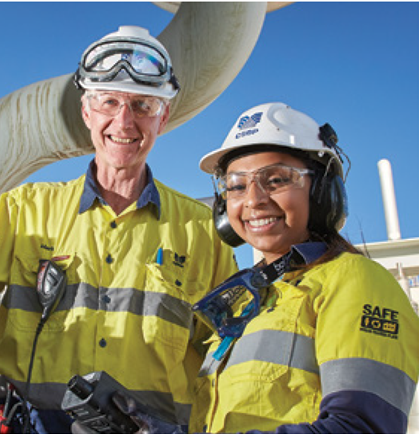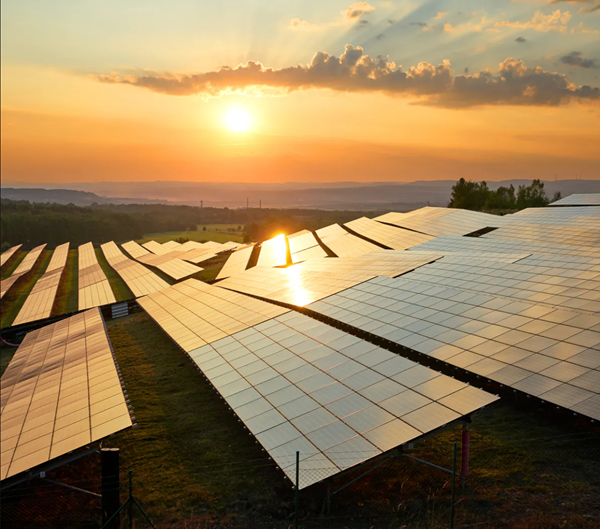A 100% Solution to Climate Change: Why is Ammonia Necessary?
It’s easy for people working on a particular technology or product to get overly focused on its wonderful promise. Sometimes we forget to consider whether or how our favorite idea fits into the larger issue. Of course, nearly everyone reading this piece in Ammonia Energy will be heartily into the idea of green ammonia as an energy carrier in a zero-emissions world. But let’s keep things in context – is green ammonia one good idea, one possibility, or is it an absolute requirement of a full solution to climate change? I looked at this question, not only for ammonia but for every category of technology, in the research and analysis project that became The 100% Solution, a recently-published book. It lays out five “pillars” that constitute the physical minimum steps needed to solve climate change.









